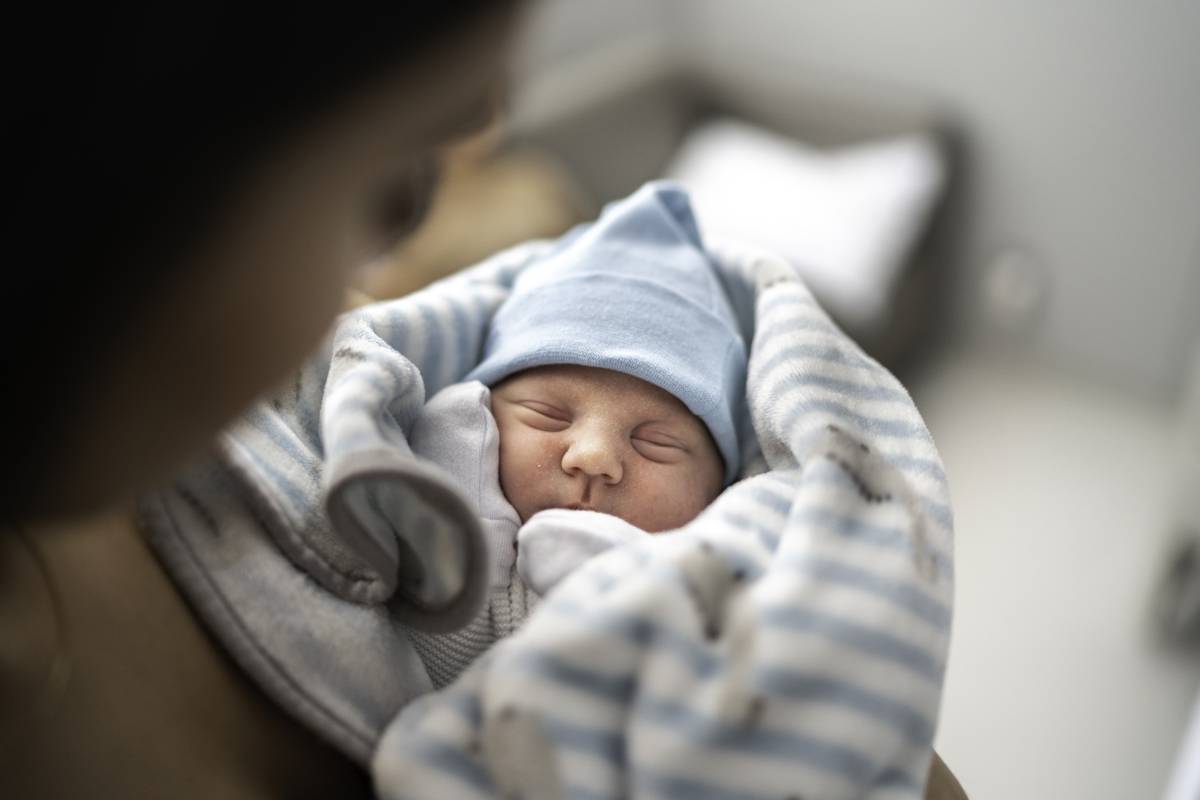Precautions for Neonatal Anesthesia

Neonatal anesthesia requires a firm grasp of the physiological and pharmacologic ways in which neonates and adults differ. The field also demands extensive knowledge of dosage and adverse reactions of anesthetic drugs because neonates face the highest risk for adverse outcomes in anesthesia patients.1 Neonatal anesthesia considerations include differences in biology, intrapopulation variation, and epidemiology. Children experience a reduced capacity for absorption, uptake, metabolism, and elimination of drugs, which necessitates specific attention to their anesthetic needs. Precautions for neonatal anesthesia span two major categories: anatomical and pharmacokinetic.
Neonatal head and neck anatomy complicates intubation and anesthetization in this population.1 Young children have a more anterior, funnel-shaped larynx in comparison the more cylindrical-shaped adult larynx, as well as a less rigid epiglottis and a larger head and tongue in proportion to the body. Consequently, it is critical to position neonates properly for intubation and surgery under anesthesia.2 The ideal position places the neonate in physiological flexion with their head in a neutral position. If possible, clinicians should use position devices that recoil to return neonates back to a flexed body position after they move.
In addition, cardiac physiology plays a role in neonatal anesthesia considerations.1 Neonatal myocardium has fewer contractile fibers, which means neonates cannot increase stroke volume by contractility alone. Instead, neonatal cardiac output depends on heart rate. An anesthetic overdose or hypoxia in neonates can lead quickly to bradycardia and reduced cardiac output. Generally, the neonatal heart is more sensitive to volatile anesthetics and, consequently, more vulnerable to severe bradycardia.
Furthermore, lung anatomy poses unique challenges to neonatal anesthesia.1 Neonates experience a decreased functional residual lung capacity compared to adults because they have fewer alveoli, less surface area, and reduced lung compliance. They also have fewer type 1 fibers in the diaphragm that specifically contribute greater endurance. Consequently, neonates become hypoxic more quickly than adults do. This phenomenon makes anesthetic processes, like intubation, more time-sensitive because neonates have less oxygen reserve to sustain them.
Neonates also regulate temperature differently than adults do because of an increased surface area to body weight and volume ratio.1 Their low subcutaneous fat content and thick skin also facilitate easier loss of heat. It is necessary to use great care to make sure that young children maintain a normal body temperature while under anesthesia. Possible adjustments include a warm operating room, heated module transport, heated mattresses, and radiant warmers.3 Warmed humidified-inspired gases, antiseptic solution, and blood and IV fluid also may help keep body temperature stable.
Moreover, clinicians need to adapt to pharmacologic considerations in neonates.1 Neonates metabolize drugs differently than even adolescents. Neonates uptake anesthetics more quickly, yet they absorb pill medications more slowly. In addition, they typically have greater amounts of active drugs in their system due to lower drug-protein binding affinities and less tissue for redistribution. Nevertheless, neonates often require a larger initial dose of medication to achieve similar therapeutic effects because water comprises a greater percentage of their bodies. Neonates also experience increased sensitivity to general anesthetics due to decreased hepatic metabolism.
Infants who undergo surgical procedures within the first few months of their lives suffer a higher risk of death or subsequent neurodevelopmental abnormalities.2 Repeated anesthetic exposures and longer durations of anesthesia may exacerbate these risks. Therefore, it is imperative that clinicians carefully consider the best practices for anesthesia in neonates.
References
1. Kaye, A. D. et al. Pharmacologic Considerations of Anesthetic Agents in Pediatric Patients. Anesthesiol. Clin. 35, e73–e94 (2017). https://doi.org/10.1016/j.anclin.2017.01.012.
2. McCann, M. E., Lee, J. K. & Inder, T. Beyond Anesthesia Toxicity: Anesthetic Considerations to Lessen the Risk of Neonatal Neurological Injury. Anesth. Analg. 129, 1354–1364 (2019). https://doi.org/10.1213/ANE.0000000000004271.
3. Pani, N. & Panda, C. K. Anaesthetic consideration for neonatal surgical emergencies. Indian J. Anaesth. 56, 463–469 (2012). https://doi.org/10.4103/0019-5049.103962.
